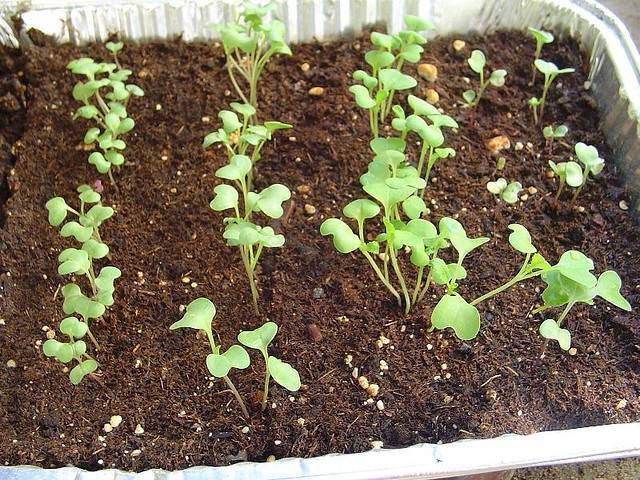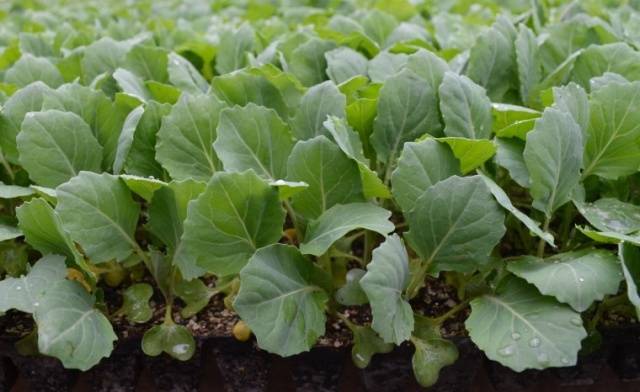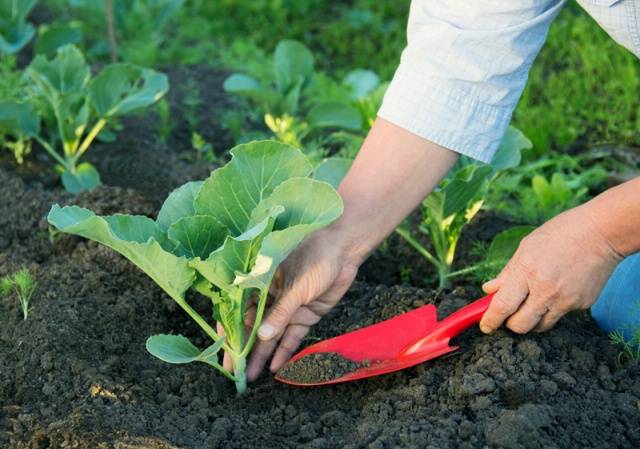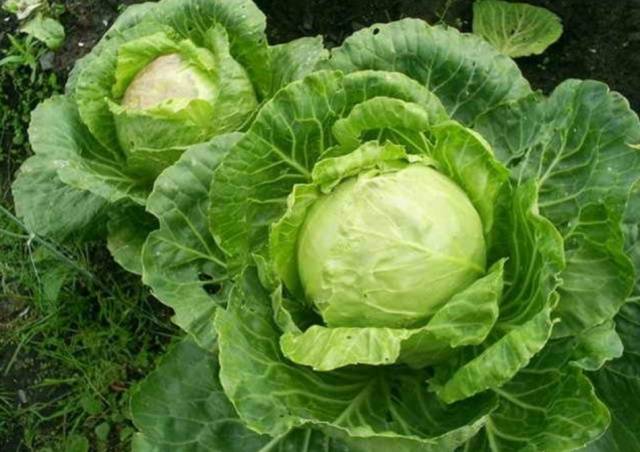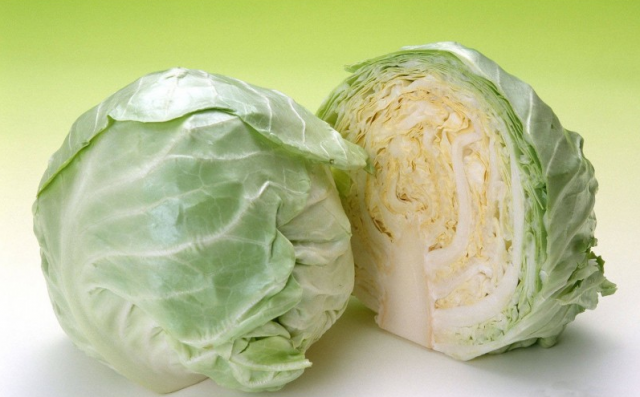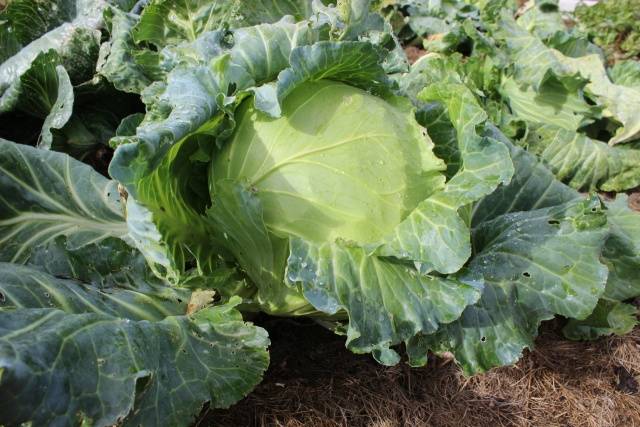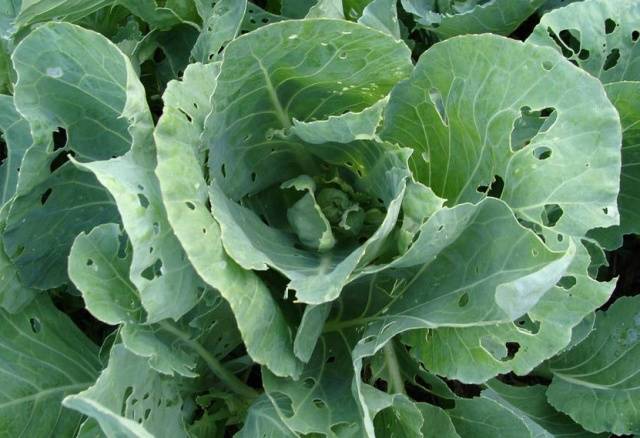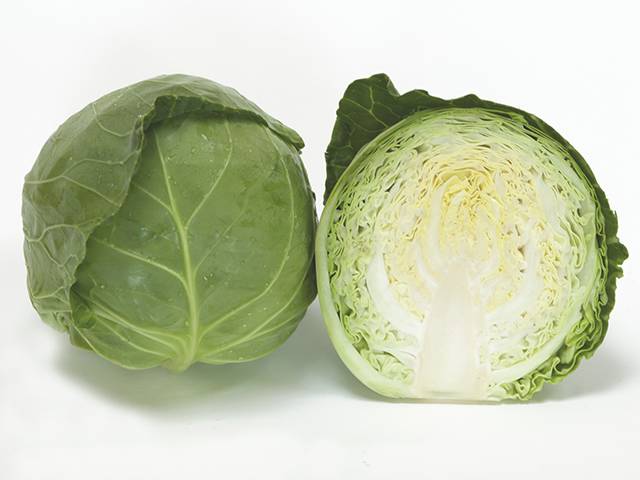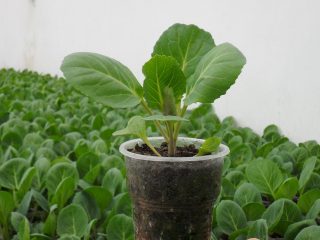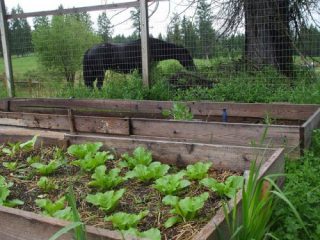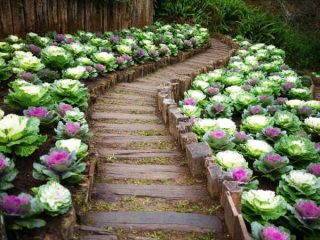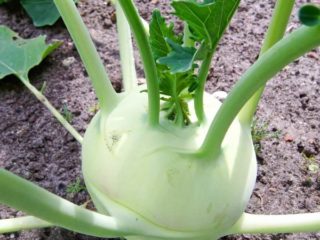Content
Bronco F1 Cabbage is a hybrid bred by the Dutch company Bejo Zaden. The variety has an average ripening period and attractive external properties. It is grown for sale or for personal use. You can use this variety fresh or for canning.
Variety characteristics
The description of Bronco cabbage is as follows:
- white mid-season variety;
- 80-90 days pass from the moment of planting seedlings to harvesting;
- gray-green color of the head of cabbage;
- weight from 2 to 5 kg;
- storage period - 2-3 months;
- dense head of cabbage with juicy leaves;
- resistance to diseases (fusarium, bacteriosis);
- ability to withstand drought and other adverse conditions.
Bronco cabbage is suitable for fresh consumption, preparation of salads, first and second courses, pie fillings. The variety is used for fermentation, pickling and pickling. Store the heads of cabbage in a dry and cool place.
Landing order
The Bronco variety is grown by the seedling method. Seedlings require some care, which consists in maintaining the required temperature and watering. When the cabbage grows up, it is transferred to open areas.
Seed and soil preparation
Planting of seeds of the Bronco variety occurs at home. The works are carried out at the end of April - beginning of May. Seedling formation takes 45-50 days.
For planting, a soil is prepared, consisting in equal amounts of sod land and humus. A tablespoon of wood ash is added to a kilogram of soil. A little peat can be added to increase soil fertility. The soil is prepared independently or a ready-made soil mixture is purchased.
The seeds of the Bronco variety also require processing. They are placed for 20 minutes in hot water at a temperature of 50 degrees, after which they are transferred to cold water for 5 minutes. The drug Epin or Humate will help stimulate the germination of cabbage. The seeds are placed in a solution based on it for several hours.
Some growers release already processed seeds. They are usually painted in bright colors. Such seeds do not require soaking, they can be planted immediately in the ground.
Getting seedlings
The soil is poured into boxes 12 cm high. In this case, the grown cabbage seedlings will have to be dived by transplanting in separate containers. Furrows are made in the soil to a depth of 1 cm. Seeds are planted every 2 cm. Leave 3 cm between the rows.
To do without transplanting, you can take cups 10 cm high and plant 2-3 cabbage seeds in them. When sprouts of Bronco cabbage appear, the strongest of them is chosen, and the rest are weeded.
The first shoots will appear on the 4th-5th day. Before the formation of the first leaf, cabbage is kept for a week at a temperature of 6-10 degrees.
When the leaves begin to form, the ambient temperature is raised to 16 degrees. At night, its value should be 10 degrees.
Cabbage seedlings provide light for 12 hours and fresh air without drafts. The plants are watered periodically, it is important not to allow the soil to dry out.
If Bronco cabbage is grown in boxes, then two weeks after the emergence of sprouts, the mature seedlings dive. The seedlings, together with the earthen lump, are transferred into a glass filled with peat and humus.
Open ground transplant
Before planting Bronco cabbage in the ground, they are hardened. First, you can open the window for 3 hours, then the seedlings are transferred to the balcony. A week before planting, the cabbage should be constantly outdoors.
Planting work is carried out when the plant has 4 leaves, and the height reaches 15 cm. The Bronco variety can be planted in the ground from the end of May.
Bronco cabbage prefers clay soil or loam. The site should be illuminated by the sun throughout the day.
Cabbage is not grown in beds where radishes, radishes, mustard, turnips, rutabagas, or any variety of cabbage were found a year earlier. Herbs, clover, peas, carrots, and legumes are considered good predecessors.
In the spring, the bed is leveled with a rake, after which holes are prepared for planting. Seedlings of the Bronco variety are placed in increments of 40 cm. You can add a handful of peat, sand and wood ash to each hole.
Plants are transferred along with an earthen clod and sprinkle the root system with earth. The last step is abundant watering of the beds.
Care features
Although the description of Bronco cabbage is unpretentious, it requires some care. This includes watering, feeding, and pest control.
Watering cabbage
The Bronco F1 variety is drought tolerant and can thrive when there is a lack of moisture. To get a good harvest, it is recommended to organize watering for plantings.
The rate of application of moisture depends on the weather conditions. On average, plantings are watered once a week. In arid climates, watering is done every 3 days.
The need for water increases with the formation of leaves and a head of cabbage. During this period, one square meter of planting requires up to 10 liters of water.
The cabbage is watered with warm, settled water. Using water from a hose negatively affects the development of the head of cabbage and provokes the spread of diseases.
After watering, the plants are spud, which contributes to the formation of the root system. It is recommended to loosen the soil in the garden to improve the absorption of moisture and nutrients.
Top dressing
Constant feeding of Bronco cabbage promotes the formation of strong heads of cabbage. Fertilizers are applied at the seedling stage when the first leaf appears. To do this, dissolve 1 g of any preparation containing nitrogen, phosphorus and potassium in 1 liter of water. Processing is done by spraying the cabbage.
The second time the seedlings are fed before hardening the plants. For 10 liters of water, 15 g of potassium sulfate and urea are required. Nutrients are added when watering plants.
During the season, the Bronco variety is fed two more times. 2 weeks after transfer to open ground, a fertilizer containing superphosphate, potassium sulphide and urea is prepared. For 10 liters of water, 5 g of each component is taken.
The second plant feeding is carried out on the basis of mullein or slurry. A 10-liter bucket of water requires 0.5 kg of manure. The bucket is left for 3 days, after which the infusion is used for watering. 15-20 days should pass between treatments.
The third top dressing of Bronco F1 cabbage is made by dissolving 5 g of boric acid in a large bucket of water. Plantings are sprayed with a solution in cloudy weather.
Pest control
The Bronco variety is attacked by leaf beetles, thrips, aphids, cabbage flies, scoops and slugs. You can scare off pests with the help of chemical, biological drugs or folk methods.
For cabbage, the preparations Bankol, Iskra-M, Fury are used. The substance is dissolved in water according to the instructions and sprayed on the planting. Chemical methods are used prior to tying the forks.
Biologics are considered safer, but require long-term use.Bicol is used against aphids, and Nemabakt is used from thrips and cabbage flies.
A popular method is spraying the Bronco variety with celandine or onion peel infusion. Marigolds, sage, mint and other spicy herbs that repel pests are planted between cabbage rows.
Gardeners reviews
Conclusion
Bronco cabbage is distinguished by its high yield and unpretentious care. The variety tolerates drought well and does not suffer from major diseases. Additional processing of plantings is necessary to scare off cabbage pests.
At home, cabbage is planted on seedlings, which are transferred to open ground in the spring. The Bronco variety is suitable for fermentation and fresh use.

